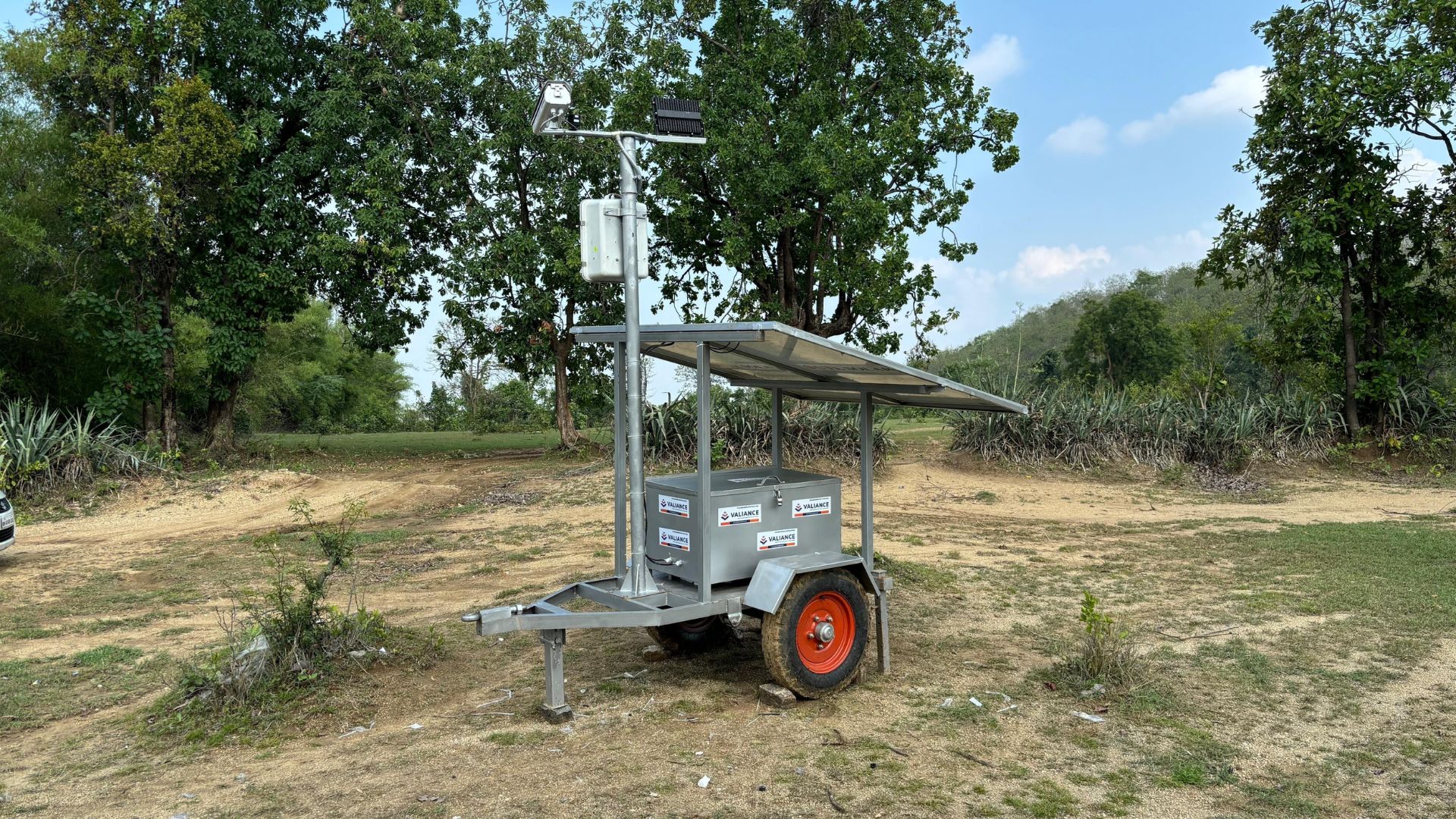Client Background
Client provides Diabetes Management Solution to all age groups. The solution comprises of:
- DIY glucose monitoring device
- Mobile app that syncs readings from device and shows trends and other statistics to users
- Mobile app also
- Lists health products for diabetes control or food products for diabetic patients
- Connects with nutritionists, doctors for diabetes management
- Provides content – articles/blogs on diabetes management topics
Business Objective
- Defining and tracking user retention metrics across cohorts and user groups
- Understand the drivers of early attrition (within 1st month)
Datasets Available
- Glucose readings data
- App activity data – logins, product purchases, doctor consultations, content in Google Firebase
- Customer demographics – Age, Gender, City
- Purchase history and other customer information in relational database
Solutions Approach
Preliminary analysis of device usage (Glucometer) data showed that customers used device app infrequently across age groups..
- Users in different age groups displayed different Glucometer usage behaviour, mostly, depending upon whether they had diabetes, or were in early stages of diabetes or just used Glucometer as an informative device occasionally.
- Usage was variable and infrequent in 30-40 years age group. For most, it was once a quarter and in some cases, people paused for 3-6 months and then again came back to take the reading.
- Usage became more consistent and frequent as we moved in higher age groups as expected. 50+ age group showed a higher percentage of users using Glucometer device once a month. In some cases, there were people who used once a quarter or 6 months. These people were found to use alternative Glucometers as well.
With non-linear usage patterns across age groups, it was needed to define retention measures carefully.
We worked with the founding team to define retention metrics for users in different diabetes stages.
- For a diabetic user : We defined kth month attrition if the user didn’t use the Glucometer app after kth month within 3 months- kth is w.r.t to customer acquisition date (month & year).
- For a pre-diabetic user: We defined kth month attrition if the user didn’t use the Glucometer app for reading within 6 months after kth month.
- For a non-diabetic user: We defined kth month attrition if the user didn’t use the Glucometer app for reading within 12 months after kth month.
- There were cases where people paused using a Glucometer device for a few months and then again starting using back. This group was 3-5% of total population and we ignored this group from analysis.
Our team did necessary data integration and preparation work to be able to compute retention metrics.
Upon analysis, we found that 40% of users who were diabetic didn’t use the app after the 1st month itself. This was pretty glaring given diabetic was core user base and pointed at product, customer service issues. Further 30-40% of users in pre-diabetic and non-diabetic stage never used the app after first reading. We defined retention cohorts w.r.t to date the device was received by user and the date of first reading both. Retention metrics were more or less the same with both dimensions.
Looking at high early stage attrition it was decided to analyse reasons for non-usage within diabetic community.
We created two groups of people – one who stopped using after first reading and others who continued using the device. Different data points – customer specific, behavioural, customer service were used to create analytical dataset.
Decision Trees were used as a segmentation technique to identify buckets of population with higher retention rates
Some insights were:
- Users who had a large gap between product delivery date and first reading date showed high risk of attrition.
- It was also found that for most diabetic users being higher aged groups and had lower than expected reading for diabetic user, product was used by someone else in the family who didn’t find it to be satisfactory.
Outcome
Our analysis led to discovery of important insights which helped the client arrest early stage attrition by 15% in next 6 months. These insights required changes in client processes – customer service, feedback mechanism.






